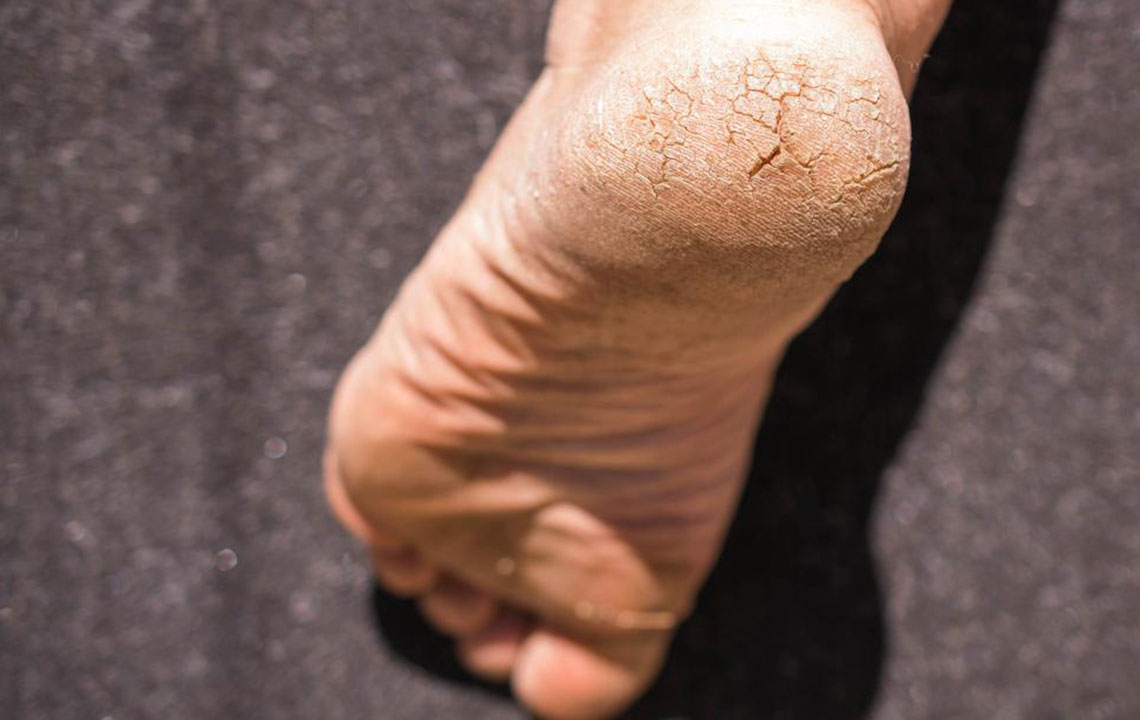Effective Strategies to Alleviate Upper Back and Neck Discomfort
Discover effective methods to relieve upper back and neck pain with simple exercises, proper posture tips, and cold therapy. Early intervention can prevent worsening conditions and improve quality of life. Always seek professional advice for ongoing discomfort.

Strategies for Managing Upper Back and Neck Pain
Discomfort in the upper back and neck can significantly impair daily life. Common factors include poor posture during daily activities, prolonged sitting at a desk, overweight issues, athletic injuries, smoking habits, and improper weightlifting techniques. Addressing these issues early is critical to prevent worsening conditions. Several effective methods can provide relief, such as applying cold therapy, maintaining proper posture, and performing specific stretches to enhance mobility and reduce tension.
Cold Therapy: Using an ice pack on sore areas can help numb pain and decrease swelling. Cold reduces tissue temperature and slows metabolism, minimizing fluid buildup. Limit application to 15-minute intervals and consider alternating with heat packs for additional relief.
Maintain Good Posture: Proper posture is vital in both standing and sitting positions. Visualize an upward line from your chest to the sky, keep shoulders relaxed, and look forward rather than down. Sitting tall with a straight back can prevent and ease discomfort.
Stretching Exercises: Regular stretches can alleviate tension. Sit upright in a chair, arms relaxed, lift your arms overhead slowly, hold for a minute, then lower. The "W" stretch involves standing against a wall, raising your arms to touch the wall in a W-shape, and holding for 30 seconds, repeated thrice. Neck tilts help stretch neck muscles; bend your head gently to both sides without strain, performing up to ten repetitions.
Important Notice: Our website offers diverse information meant to inform and guide. However, these tips are not substitutes for professional medical advice. Always consult a healthcare provider for persistent pain or concern. We disclaim responsibility for discrepancies or inaccuracies found elsewhere, and readers should seek personalized treatment options beyond our general recommendations.










